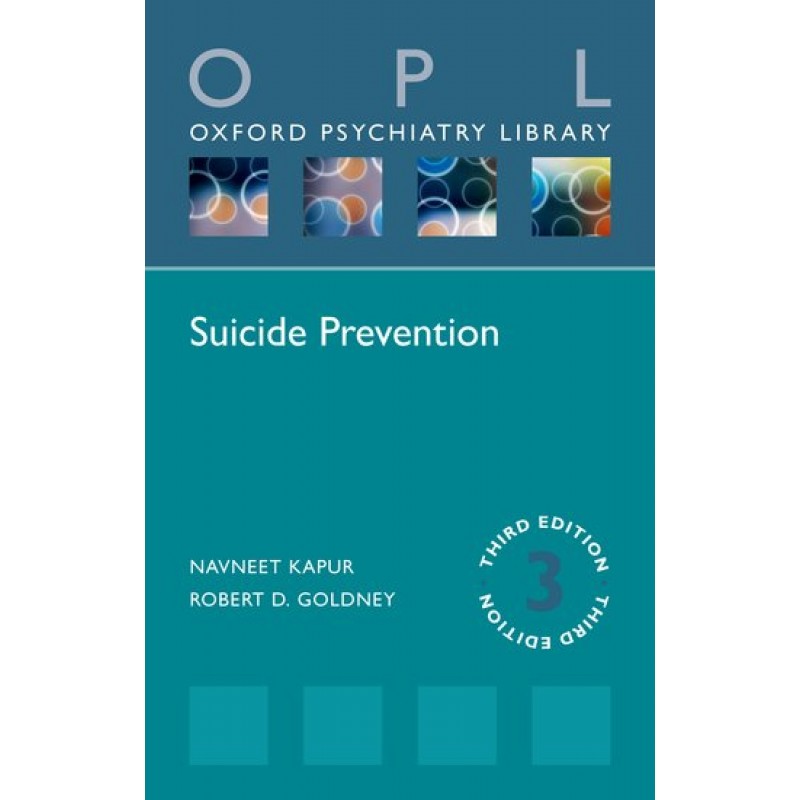Suicide Prevention 3rd Edition
- ISBN: 9780198791607
- Εκδότης: Oxford University Press
- Σελίδες: 176
- Διαστάσεις: 216x138mm
- Έτος Έκδοσης: 2019
32,00€
Χωρίς ΦΠΑ: 30,19€



